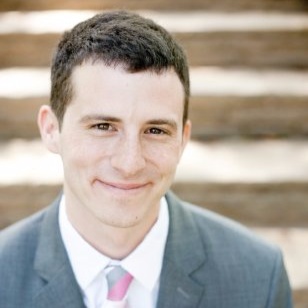
This is the sixth and last installment in a multi-part blog series by Sam Edelstein about the role of a Chief Data Officer.
- Read part one about the job, here.
- Read part two about counting, here.
- Read part three about trends, here.
- Read part four about predictions, here.
- Read part five about partners, here.
One of the great things about working in local government is that we are all doing our best to make the lives of the residents in our communities better. That means that when there is a good idea elsewhere, not only should we try to replicate it locally, but the person who developed the idea is likely willing to share it because their interest is public service, too.
Being open about our work, both the good and bad parts of it, is important so that people understand what we are working on and how we are spending tax dollars. But it also means that if one of our programs or analyses has done something good, another municipality could use the idea, too.
We share our code when we develop an analysis or build a tool. We also borrow from a lot of other people’s work (and offer credit!) so we can develop solutions.
We also believe that sharing data publicly is important. It is the people’s data, and it is their right to access it, assuming there is nothing private or sensitive in nature within the dataset. Sharing data also means you don’t have to negotiate MOUs or data sharing agreements, because everything is already public.
As we continue to build our program, we think about how the more information we share, and the more public we can be about our processes and the processes of individual departments, the more people understand the real challenges that exist here, and they may offer to help.
By sharing data, people can count, look at trends, and maybe predict some things on their own. Sharing data may bring more partnerships, as well. In fact, our open data portal got its start after we shared some data for our first hackathon. There was such a desire for that data that we realized there would be a demand for a larger open data portal as well.
As smart cities and the internet of things become more and more a part of city government, there is a movement amongst some to monetize data that is collected from sensors.
In my position as Chief Data Officer, I believe it is my role to argue for us to not sell data, and continue to make it open to all. That may mean we need to think more critically about how data is collected, since data from IoT devices is vast and can be robust, and that comes with a cost.
We also may not want to collect specific types of data through sensors because that information may violate someone’s privacy — think water meters that report water usage every minute. If we know how much water someone is using each minute from a sensor, we know when the person takes a shower, uses the bathroom, or is likely asleep or on a vacation.
That is much different than collecting an overall water usage monthly or quarterly just for billing purposes. There may be a good reason to collect water usage data every minute, but that reason should be considered carefully. That information could also be very valuable to a company who is willing to pay for it, but the collection at that level still may not be right according to privacy standards you set.
It is my belief that taxpayers are paying for the data to be collected, it is just like other data we are already making public, just collected in a slightly different way, and by offering it for free to anyone, it also means there is equal access to using the information. Maybe someone will start a business or learn something new about their community. That shouldn’t be limited to only those who can pay.
Being the City of Syracuse’s Chief Data Officer has been a privilege and I’m excited to see how the role continues to grow in the coming years. Though the scope will likely continue to evolve, and there will always be potential for scope creep (how much time to spend on smart cities, or software procurement, or fiber networks, etc?) I believe the job will always come down to counting things, looking at trends, predicting based on those trends, and then finding partnerships to help do some of the work, and always being transparent about how the work gets done.
Supplemental Reading
Podcast: Innovation Doesn’t Have to be Fancy with Sam Edelstein & Brendan Babb
